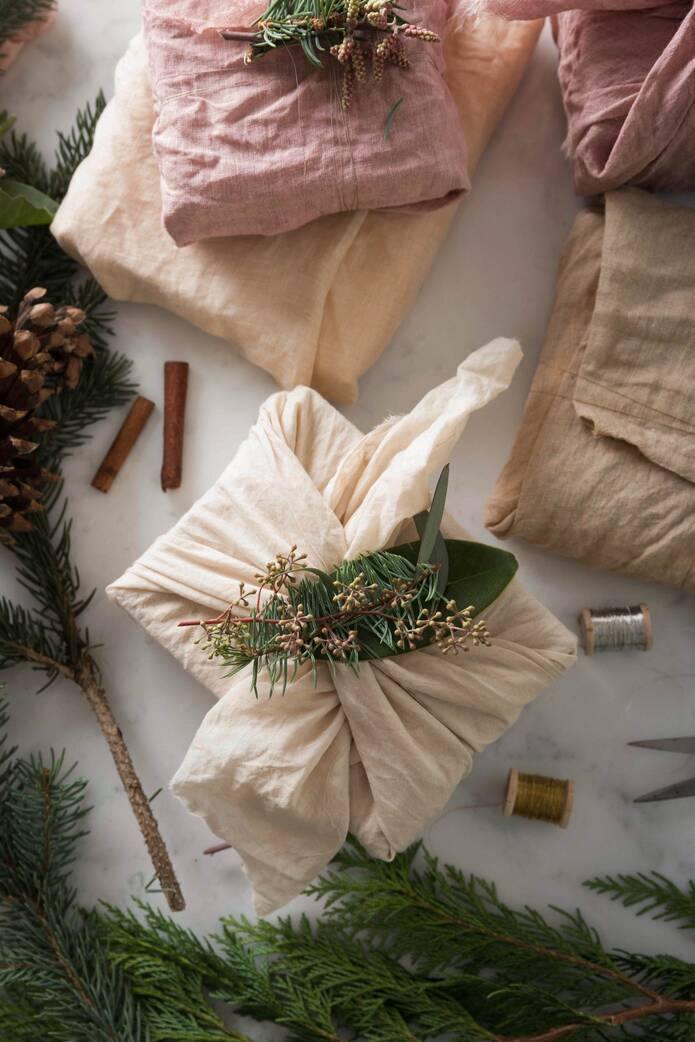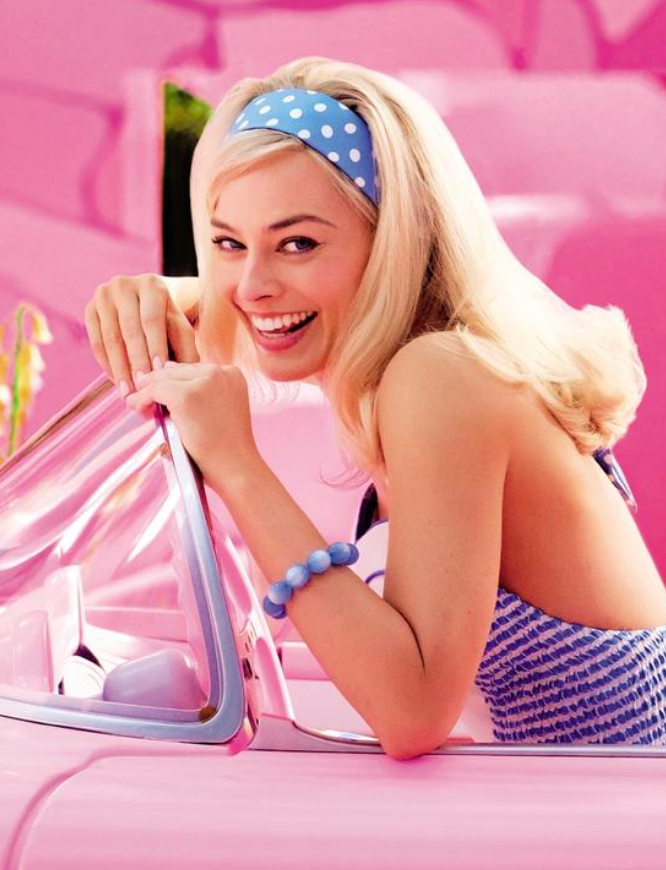Australian Made Fashion - What are we paying for?
*This article was originally written in 2011 but is just as relevant today!
written by Beck
Recently I read a very interesting article in the April 2011 issue of Shop Til You Drop Magazine called "Why Clothes Cost What They Do" by Jade Warne (p. 105).
I often think about this, and when I've worked in fashion boutiques I have encountered this question time and time again with customers, in many different forms...
"Why is this top $350? I've seen the same sort of thing elsewhere for MUCH cheaper..."
"$100 for a simple T Shirt? Ridiculous!"
"Oh it's lovely, but the prize is just over the top. Drop it by $100 and I'd buy it in a second!"
These questions/statements are fair - I used to wonder these things myself! Why does a simple top in one store cost 3 times the price of what looks like a very similar design you could find in a chain store?
According to Assia Benmedjdoub, editor of fashion retailer journal Ragtrader, "It's easy to assume that if you can buy a pair of jeans for $20, that must be the true cost of all jeans. The fact is, the number on the tag is linked to different choices fashion labels make throughout the production process." (1)
I often think about this, and when I've worked in fashion boutiques I have encountered this question time and time again with customers, in many different forms...
"Why is this top $350? I've seen the same sort of thing elsewhere for MUCH cheaper..."
"$100 for a simple T Shirt? Ridiculous!"
"Oh it's lovely, but the prize is just over the top. Drop it by $100 and I'd buy it in a second!"
These questions/statements are fair - I used to wonder these things myself! Why does a simple top in one store cost 3 times the price of what looks like a very similar design you could find in a chain store?
According to Assia Benmedjdoub, editor of fashion retailer journal Ragtrader, "It's easy to assume that if you can buy a pair of jeans for $20, that must be the true cost of all jeans. The fact is, the number on the tag is linked to different choices fashion labels make throughout the production process." (1)
What does this mean? This means that the $20 pair of jeans is likely made in an offshore factory where materials are cheap, not environmentally sound and work conditions are questionable to say the least. Whereas say, a $300 pair of jeans made in Australia will likely use high quality fabric which will last for years, manufactured by people who will be treated ethically, enjoy the same rights and safeguards that other workers do and be paid a fair wage.
You also have to think about everything that goes into producing and marketing the products, and all the middlemen that have to be paid. If a designer charges $50 for a pair of jeans, but they have to pay the patternmakers, the machinists, buy the fabric, pay for freight and distribution, pay a photographer and graphic designer and printer to make the catalogue, pay their admin staff... the list goes on... how are they supposed to cover costs? Probably by cutting corners in quality or exploiting someone.
If a brand is cutting costs in these areas, you're more likely to get inferior quality products. An underpaid & stressed patternmaker may not have the time to take care with the cut of the clothing, resulting in ill-fitting garments. The machinists have to work quickly, so they may make mistakes. Paying more (generally, not always) means you are paying for higher quality items because the workers involved in production are able to spend the time and care necessary to do good work and source quality fabrics and finishings.
Another huge issue with cheap clothing is over consumption, which is an environmental disaster.
In Australia alone, more than 500,000 tonnes of textiles and leather end up in landfill each year. Low-cost, low-quality garments mean we are buying and disposing of more clothing than ever. An attitude of disposability towards fashion is disastrous - we need to look for quality, timeless pieces that are cherished investments in our wardrobes, that can be repaired and worn for years and years.
With the issue of future drinking water security on the radar now - it's important to note that textile production uses an obscene amount of water. It can take 2,700 litres to produce the cotton needed to make a single t-shirt.
*2020 update :
We can't ignore the global pandemic of Covid-19 that disrupted global supply chains we had come to rely on and decimated the operations of many Australian businesses that work with off-shore production. The pandemic, and the bushfires, reminded many Australians the importance of supporting industry and businesses in our own back yard - to create and maintain job opportunities and to ensure we are a self sufficient nation that can weather any storm!
This article was a real eye-opener for me, so I really wanted to spread the word and try to create an understanding in people. In our fast-fashion consumer culture where you can get something for almost nothing and everything is available online from overseas, I think it's really important to support our local designers.
Two of our favourite Aussie labels are Mela Purdie and M.E.L. Australia - combining great design with comfort and quality, both labels have a devoted following. Being devotees ourselves we stock a large range of both labels at Impulse, along with many other Australian fashion labels which we're sure will be favourites soon enough!
or shop our Mindful Production collection here, where items that are not made in Australia are made using ethical production or eco-conscious methods.
Beck x
PS If you are interested in learning more about ethical clothing consumption, may I suggest you watch the incredibly compelling documentary "The True Cost" on Netflix Australia.
(1) Warne, J., 2011, Why Clothes Cost What They Do, Shop Til You Drop, ACP Magazines, Sydney, p.105





Leave a comment